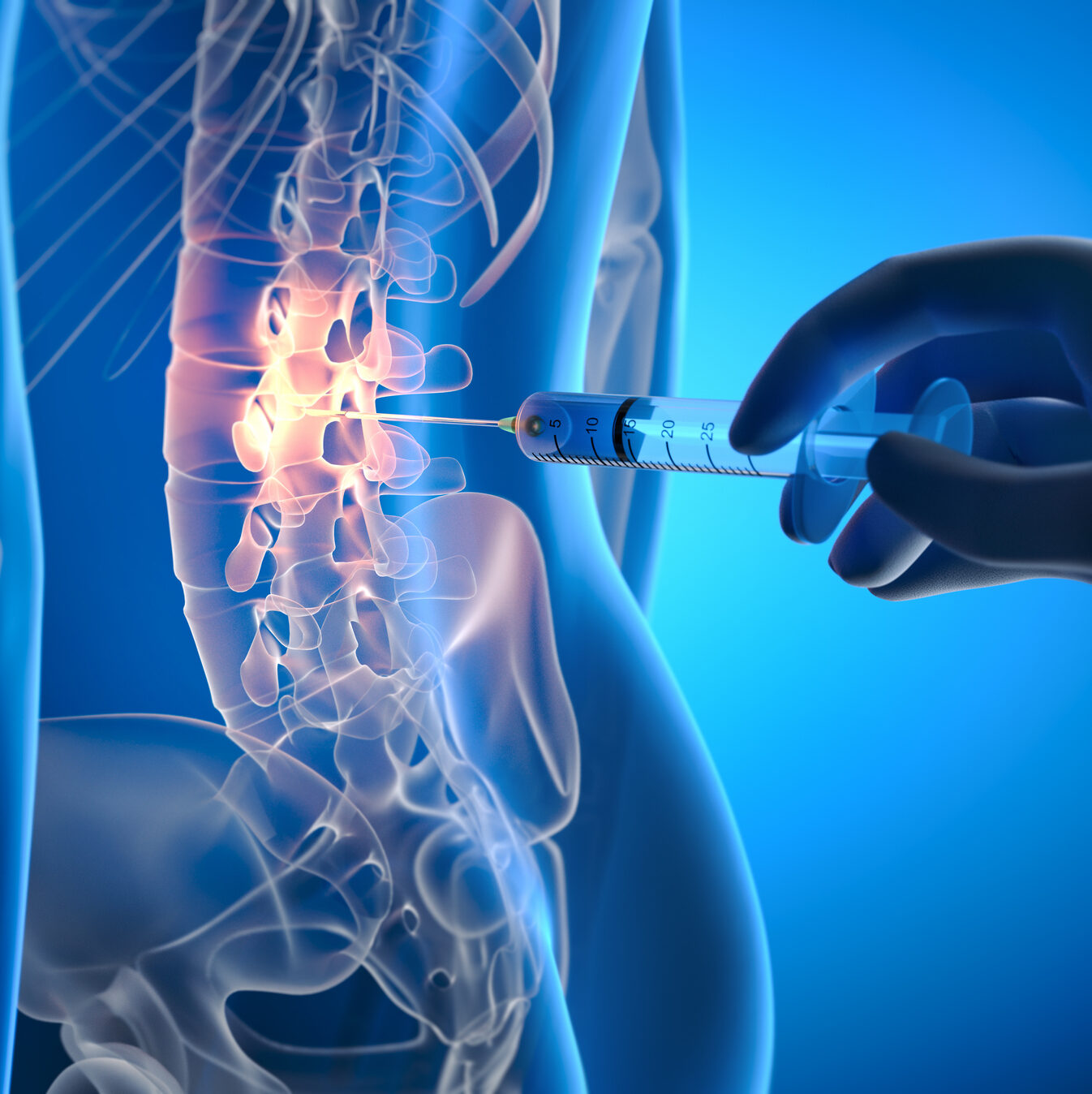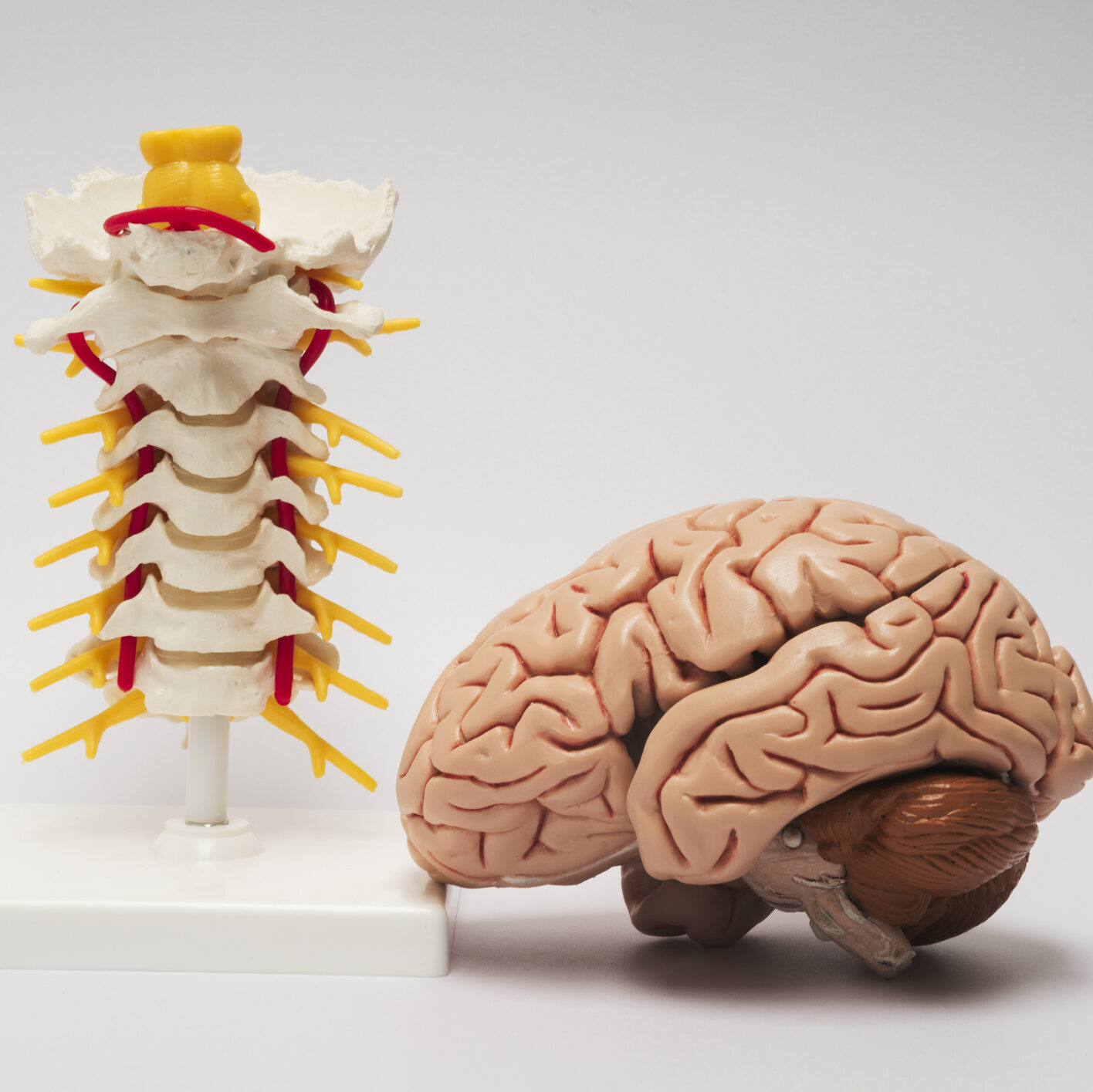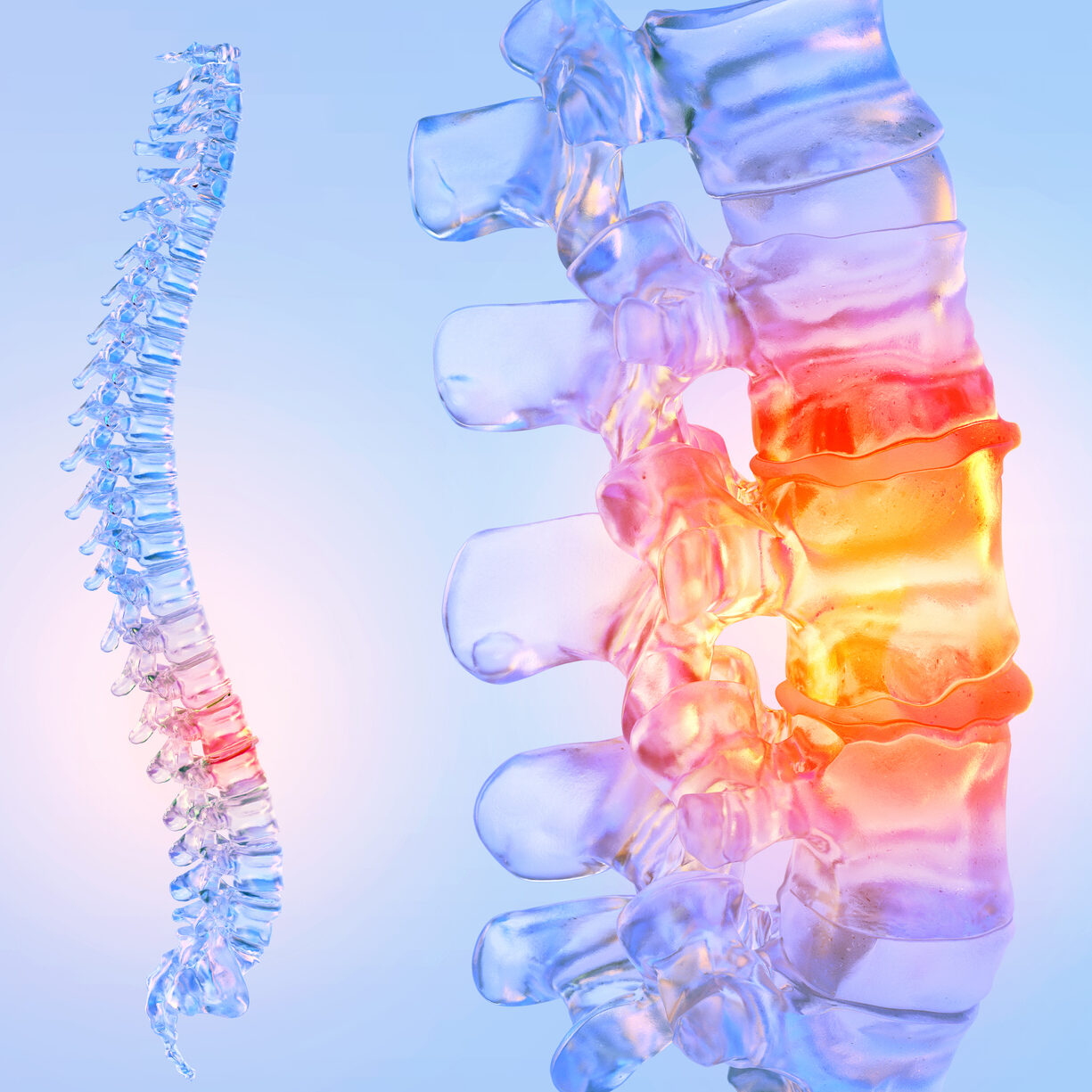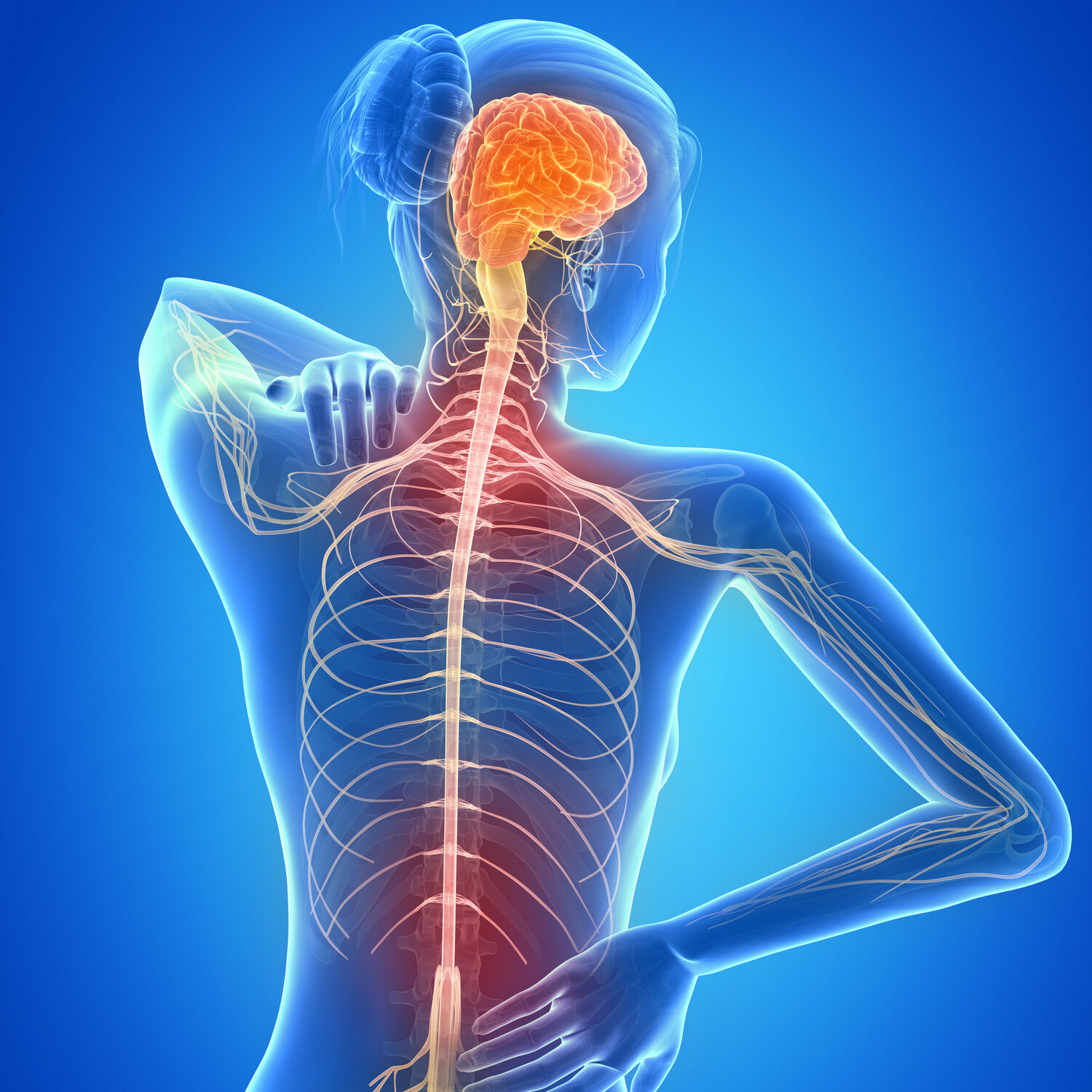
When Surgery Becomes Necessary
Some of the most common conditions that may require surgery include:
Herniated Discs: When cushioning between spinal bones slips and presses on nearby nerves
Spinal Stenosis: A narrowing of the spinal canal that puts pressure on the cord or nerves
Degenerative Disc Disease: Wear-and-tear changes that reduce disc height and cause instability
Other conditions such as spondylolisthesis (slippage of one vertebra over another), nerve compression from bone spurs, and spine fractures from trauma may also require surgical intervention—especially when symptoms worsen or conservative treatments have failed.
You may be a candidate for surgery if you’re experiencing ongoing pain, loss of mobility, or symptoms like tingling and weakness in the limbs. Sudden changes in bladder or bowel control should always be evaluated immediately.



Surgical Options for Spine Relief
There are several procedures used in neuro spine surgery, depending on your diagnosis:
- Discectomy: Removal of the portion of a herniated disc pressing on a nerve
- Laminectomy: Removal of bone or tissue to ease pressure in the spinal canal
- Spinal Fusion: Permanently joins vertebrae to stabilize a damaged or unstable segment
- Anterior Cervical Discectomy and Fusion (ACDF) and Instrumentation: Removes damaged disc and stabilizes the cervical spine
- Anterior Lumbar Interbody Fusion (ALIF): Fuses lumbar vertebrae through a front approach
- Bone Grafting: Supports spinal fusion or bone healing using donor or synthetic material
- Complex Surgical Reconstruction: Addresses severe spinal deformities or failed surgeries
- Decompression: Relieves pressure on spinal nerves or the spinal cord
- Discectomy: Removes part or all of a damaged spinal disc
- Disc Replacement Surgery (Cervical and Lumbar): Replaces a diseased disc with an artificial one
- Herniated Disc Surgery: Treats displaced disc material pressing on nerves
- Kyphoplasty (Cervical and Lumbar): Repairs spinal fractures and restores vertebral height
- Laminectomy: Removes lamina to relieve spinal cord or nerve pressure
- Laminotomy: Partial removal of lamina for targeted decompression
- Lateral Lumbar Spinal Fusion: Stabilizes the lower spine using a side approach
Minimally Invasive Procedures
- Microdiscectomy – Lumbar & Thoracic: Removes disc material through a small incision
- Microlaminectomy – Neck & Back: Minimally invasive procedure to relieve spinal nerve pressure
- Microdecompression: Alleviates nerve compression with minimal tissue disruption
- Facet Thermal Ablation: Uses heat to reduce chronic joint pain
- Minimally Invasive Spine Surgery: Smaller incisions for faster recovery and less pain
- Neuromodulation Surgical Implantation (Cervical and Lumbar): Implants device to control chronic pain
- Posterior Cervical and Lumbar Microdiscectomy / Microdecompression: Back-side approach to remove disc or nerve pressure
- Posterior Cervical Fusion with Instrumentation: Stabilizes cervical spine from the back using hardware
- Sacroiliac Joint Fusion / SI Joint Fusion: Fuses pelvic joint to reduce lower back pain
- Spinal Fusion: Joins two or more vertebrae for stability
- Spine Stabilization: Prevents abnormal motion in damaged spinal segments
- Spinal Instrumentation: Uses rods, screws, or plates to support spinal fusion
- Spine Arthroplasty (Cervical and Lumbar): Maintains motion by replacing damaged discs with implants
Some patients may benefit from artificial disc replacement, which allows continued movement, or minimally invasive procedures that use smaller incisions and may lead to faster recovery times.
Your Treatment Experience
At our clinic, we take a team-based approach that combines the expertise of orthopedic surgeons, pain specialists, and physical therapists. You’ll undergo a full evaluation, including advanced imaging, before any treatment decision is made. If surgery is the best option, we’ll walk you through what to expect, from preparation and recovery to long-term follow-up care.
You’ll also receive guidance on post-operative physical therapy and pain management, which are key to a strong recovery and a return to daily activity.
Take the Next Step
You don’t have to live with pain that limits your life. If you’ve tried other treatments without success, it may be time to explore a surgical solution. Contact us today to schedule your consultation and learn what’s possible.
